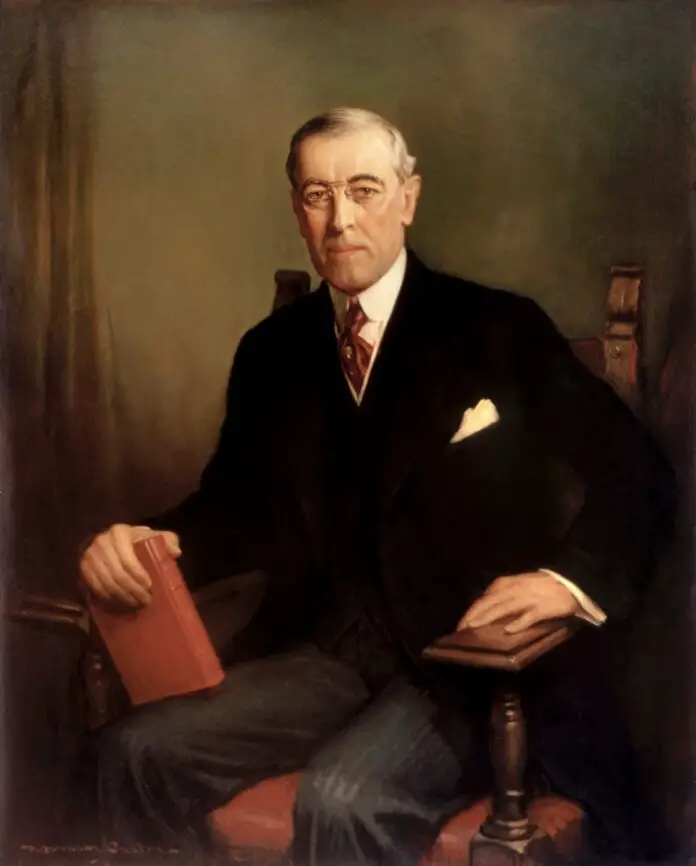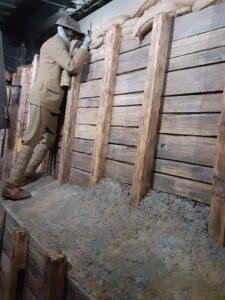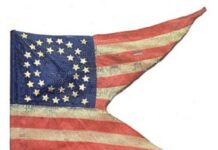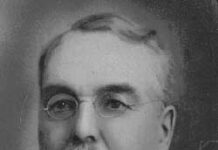Woodrow Wilson
The 28th President of the United States was the eighth President born in Virginia, and his birthplace in Staunton is a testimony to his family, as well as to his second wife who worked hard to ensure his home would be a fitting memorial to him.
Born in Staunton, Virginia in 1856, Wilson was the son of Scots-Irish parents, the third of four children and a second generation American. His paternal grandfather published an anti-slavery newspaper, and his maternal grandfather was a minister.
The family only lived in Staunton a short time after Wilson was born, moving to Georgia before he was two, and where he spent his early years. Wilson’s father was also an ordained a Presbyterian minister and assigned to serve in Staunton, the family lived at the Manse, the house of the Staunton First Presbyterian Church.
The city of Staunton pays homage to their native son, with a fascinating museum that is both beautiful, meaningful, and haunting. The house in which he was born is immediately adjacent to the Wilson library and tours concentrate both on his background as well as his Presidency and family life, with little said about his years as Governor of New Jersey.
The family were staunch supporters of the Confederacy during the Civil War, with Wilson and John Tyler, another Virginian, the only two Presidents who were citizens of the Confederate States of America.
The President attended college in North Carolina before transferring to Princeton University, which then was known as the College of New Jersey. There he earned degrees in political philosophy and history, was a member of Phi Kappa Psi fraternity, and was managing editor of the student newspaper along with other leadership roles he played at Princeton.
After Princeton, he went on to the University of Virginia to study law and was president of the Debating Society. He also studied for his doctorate at Johns Hopkins in Maryland aiming to be a professor rather than an attorney. He later was President of Princeton University before becoming Governor of New Jersey.
Wilson married Ellen Axson, the daughter of a minister and the couple had four children. Ellen was a gifted artist, and The Manse has some of her works on display. Thoughtful and brilliant as he, she learned German so she could assist him in translation when he was studying German-language political science for research on one of his many projects.
The Manse has Wilson’s academic and political life clearly documented in photos, explanations and talks by friendly and knowledgeable docents who lead tours through the two floors of the Manse as well as the surrounding yard. It was while he was president of Princeton University that he was asked to run for the state’s governor, with political leaders drawn more by his intelligence and position against child labor, and for both women’s suffrage and improving sanitary conditions in factories. He supported limiting women being employed in occupations that would be injurious to their health.
The Manse goes into detail about Wilson’s Presidential years, from his vetoing the Volstead Act which was the law for Prohibition, (although Congress overrode his veto to put the 18th amendment into place) through his Fourteen Points speech, leadership during the War, and the Paris Peace Conference that ended the war.
During World War I when he was president, Wilson had sheep graze on the lawns of the White House, preferring that in cut spending and to take men from defending their country in order to keep the grounds clean and mowed.
Today, it is a wooly sheep that stands on the steps leading to the basement of the Library and the most startling exhibit of any in the Wilson Manse and Library. The sheep, looking warm and cuddly, carries a sign telling children to ask their parents before they can descend the stairs because of the horrific scene in the exhibit displayed there.
Trenches in World War I.
While the upstairs of the Manse and library highlight so much of Wilson’ intelligence, charm, love of family and furnishings from his time, it is the realistic construction of the trenches American soldiers built in France during the war that is haunting and stays with you long after you have left the museum. Vivid photos, quotes and explanations tell how American soldiers dug ten feet underground to make their own trenches, covering the top with hay, and standing in their depths for protection while they met the enemy and saved France. It is haunting, realistic, horrific, and makes one wonder why Wilson’s League of Nations plan, which may have saved the world from World War II, was not approved.
Wilson’s wife Ellen died the year after he took office as President, and the following year he married Edith Bolling Galt, a wealthy widow also from Virginia, and a descendant of Pocahontas. It was she who reportedly ran the government when Wilson suffered a stroke, refusing to admit his illness and disabilities which would enable the vice president to take charge.
Wilson was President for two terms, after which the couple settled in Washington. It was she who came back to the Manse in Staunton and was instrumental in preserving it and keeping alive Wilson’s connection with his birth place.
Wilson, the second president after Theodore Roosevelt to be a Nobel laureate, died three years after leaving the Presidency, his wife, Edith, lived until 1961 and is buried next to him. At Washington National Cathedral. He is the only president to be buried within the District of Columbia.
Staunton, Virginia can be proud of the memories they keep of the President and their native son.





